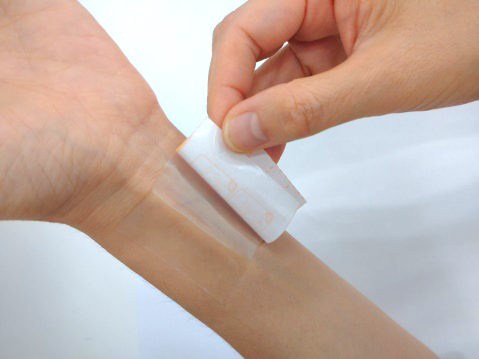Acrylic pressure sensitive adhesive bonding mechanism
Acrylic pressure sensitive adhesive
The reaction medium of the acrylate pressure-sensitive tape is an organic solvent or water, and the glass transition temperature of the tape film is between minus 60 degrees Celsius and minus 30 degrees Celsius, which is adjusted by the branched chain of the acrylate copolymer.
Under normal conditions, the longer the side chain, the lower the glass transition temperature of the acrylate, and the more flexible the polymer chain, and the shorter the side chain, the higher the glass transition temperature of the acrylate, and the better the rigidity of the polymer chain.
Compared with other types of pressure-sensitive tapes, the single-component of acrylate pressure-sensitive tapes is very simple, which solves the problem of low molecular weight migration on the surface of the film. The adhesion mechanism of acrylate pressure sensitive tape is the same as that of pressure sensitive tape.
Adhesion can be explained by citing two theories:
- The first one is mechanical interlocking. When the adhesive material is cured, it has a certain fluidity, so the pits or gaps on the surface of the adherend that cannot be seen by the naked eye will complement the pressure-sensitive tape. When the adhesive material is cured, the adhesive The bonded substances and adhesives achieve the bonding of different substances through mechanical interlocking. In this regard, the adhesive performance of acrylate pressure-sensitive tape is actually formed after the two substances are infiltrated and interlocked.
- The second is the adsorption theory. The essence of bonding is the mutual contact between the bonded substance and the molecular level of the bonding material, which leads to the interaction between different atoms, so as to realize the connection between the two objects. Another way of saying this is the bonding material. One way of saying is that there will be van der Waals force between the bonding material and the substance to be bonded, and the electrostatic interaction will cause the two to connect.


Leave a Reply
Want to join the discussion?Feel free to contribute!